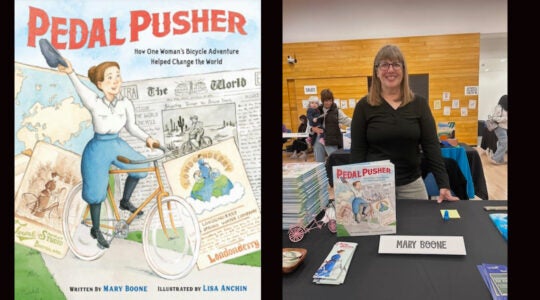The new documentary Star in the Ring captures the Golden Age of Jewish boxing, even as the era’s last remaining greats are almost gone. “I only lost two or three fights,” says Izzy Zerling, a lightweight champion in the 1930s–one of several great interviews in the film. “The first fight I lost, I forgot to duck.”
Around the turn of the twentieth century, Jews flocked to boxing–both as spectators and participants. By 1928, more United States boxers were Jewish than any other ethnicity, and from 1910-1940, there were 26 Jewish world champions.
Pro boxing was an accessible occupation to young Jews–especially immigrants, and especially those who lived in rough neighborhoods, and were already getting into scraps daily. Some of boxing’s biggest Jewish names, such as Barney Ross and Benny Leonard (the “Ghetto Wizard”), started boxing as a way to support their families and escape their dire economic plight.
This all changed at the end of World War II, when the G.I. Bill created new opportunities for working-class people to enroll in college and professional programs. Getting beat up in a ring became a less appealing choice…so–as the stereotype goes–Jews went from giving bruises as boxers to healing them as doctors.
JTA has documented Jewish history in real-time for over a century. Keep our journalism strong by joining us in supporting independent, award-winning reporting.





